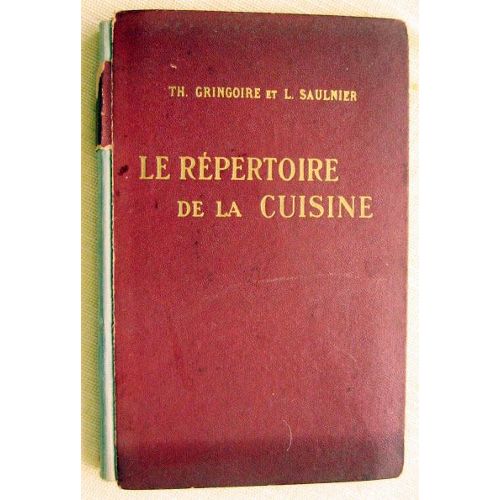

This consisted of evening courses in plain cookery. Culinary education in Ireland began in Kevin Street Technical School in the late 1880s. The City & Guilds of London Institute for the Advancement of Technical Education opened its central institution in 1884. Institutionalised culinary education started in Britain through the sponsorship of guild conglomerates (Lawson and Silver).

IntroductionCulinary education in Ireland has long been influenced by culinary education being delivered in catering colleges in the United Kingdom (UK). The whole “united” in design by the work of the scribe, Denis Brown.This paper will describes the creation process of the book, its subsequent history, and future plans for the book at University College Cork. Each page of The Great Book is a unique artefact in itself, often multi-layered or palimpsestial in nature. What was to emerge was a project of breath-taking ambition and scale – The Great Book of Ireland, Leabhar Mór na hÉireann, completed in 1991.Artists, poets, and composers were asked to contribute in their own medium what they believed represented their hopes, fears, dreams, or imaginings in the Ireland of that particular time, and which would have resonance in a thousand years - as the longevity of vellum allows. Out of their initial meeting in March 1989 came the first tentative idea of producing an original artefact that would raise substantial funds for their charitable-status arts organizations, while at the same time being a venture worthwhile in itself. Produced in Dublin between 19, it has been acquired by University College Cork to be preserved in posterity on behalf of the Irish people.Conceived originally as a venture to create a saleable artefact which would help to fund the development plans of two arts organizations in Ireland, the original architects of the idea and editors of the end product were Theo Dorgan of Poetry Ireland and Gene Lambert of Clashganna Mills, with Eamonn Martin as business manager.

The Great Book of Ireland, Leabhar Mór na hÉireann, is an extraordinary modern vellum manuscript in a single volume which comprises the original work of 120 artists, 140 poets and nine composers.

This article posits that by re-engaging with the activities of art clubs and societies, a more complex reading of artistic life in Victorian Dublin can emerge. The history of the Dublin Art(s) Club poses a challenge to the extant scholarship of this period in Irish art history, which to date has been largely understood to be focused on themes of national identity, the cultural revival, and artists who left Ireland to train in Belgium and France. Examining the rise and fall of the Dublin Art(s) Club, along with its members and activities, this article retrieves its history and posits that it offers an example of an aspect of art in Ireland which was conspicuous for its cosmopolitan outlook and active engagement with the wider British art world, which then spanned across both islands. Despite this, the history of the Club has been little explored in historiography to date, often confused with other ventures by artists in the city. Abstract ABSTRACT The Dublin Art(s) Club, which operated in the Irish capital from 1886 to 1898, offers an intriguing case study for modes of artistic networks and cultural exchange between Ireland and Britain in the closing decades of the nineteenth century.


 0 kommentar(er)
0 kommentar(er)
